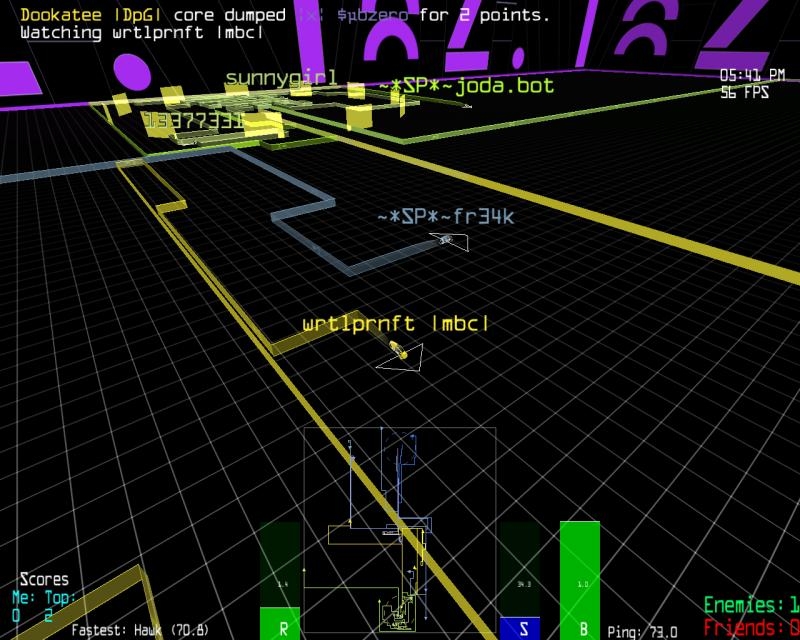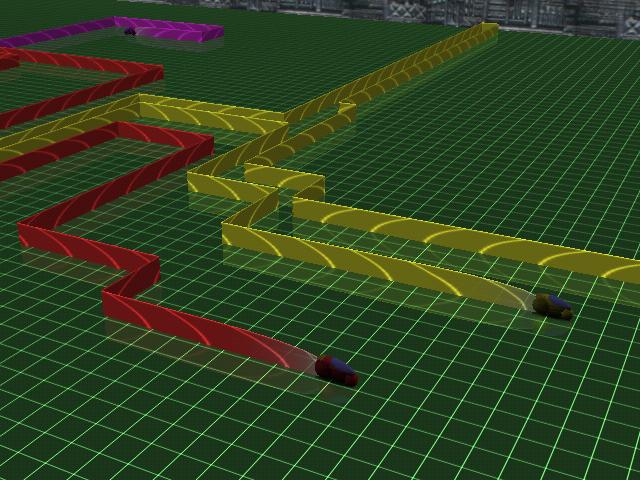

Technically this is implemented with callbacks so that any data can be made available to be used by a gauge, even if it doesn't make sense to do so, and the callback name to use is what you'll give it in the cockpit file. In the new rubber gauge you'll choose an appropriate widget and tell it where to get its minimum, its maximum, and its current data. Then you had a minimum, which was 0, and a maximum, which varied from server to server. This can vary dramatically! As an example, on the old HUD, in the rubber gauge, you saw a needle with some text to show the amount of rubber currently used.
Armagetron advanced scaling how to#
While you don't have to use a table to build the gauge, the table allows you to organize it in rows and columns, which is the most useful way to organize data that you expect to read only in glances.Įach gauge has to specify which piece of data it displays, along with related pieces of data, and how to display them. Gauges that are text-driven are generally constructed on a table. Two gauges can be identical in all ways except which texture is used for the front and have very different appearances to the user. By painting a texture with alpha-blended pixels it should be possible to reshape parts of the gauge and give it a unique appearance. The back and front are equivalent in size and shape and are intended for window-dressing. The middle layer is always the representation of the data, whatever it is.

This is intended to allow for complete configurability for each gauge. Then the middle is painted on top of the back, and finally the front is painted on top of the middle. In technical terms, first the back of the gauge is painted. That's an important subtlety that you should keep in mind.Įach gauge is a layered affair. Two gauges that are diametrically opposite to each other might interpret the tag differently, but it will still mean the same thing for both gauges. The tags that are available vary from gauge to gauge, but the meaning of each tag never varies.
Armagetron advanced scaling series#
Within each gauge there are a series of tags that are used to define what it looks like, what data it uses, and so forth. (Note: At the time of writing, all of the data in the hypothetical Performance gauge isn't available to the cockpit, but the system is easily extensible and there's no reason to think it will never be available) Most widgets that you'll build will just be gauges, so it's not a big deal. Here, we'll use "gauge" to refer to a specific gauge and "widget" to refer to the larger conceptual gauge. That would require placing several widgets together, stacked on top of each other or on each other's sides, to build the conceptual Performance gauge you intend. As an example, you might want to build a "Performance" gauge that includes ping, frames per second, cpu usage, overall system load, and bandwidth usage. All of this gets mixed together and rendered to screen as your cockpit.Ī complete gauge, in concept, isn't necessarily a single widget in the cockpit file. Additionally, widgets can be associated with a camera, or made for all cameras, with the option of excluding specific cameras, offering the possibility to give a completely custom view for each camera you use. You can also specify background and foreground colors, with gradiants, and with graphics, to provide a really custom gauge. There's a caption, some position and size parameters, and so forth. In the Cockpit section you'll find a series of widget tags that contain data tags to hook the widget into some game data. The second section contains all the beautful cockpit stuff. The first just hooks it into the resource system for the whole game, using tags and stuff you may already know from the map files. Technically they're just one, but you don't really have to worry about that. The cockpit file consists of two sections. Each Widget is capable of displaying all of the information you're used to seeing, and is likely capable of displaying the same information in different formats.thanks to the cockpit resource file.

In the resource file, gauges and other things have been abstracted to a Widget. Traditionally, these were referred to as the HUD, and the HUD is still the main information that's carried in a cockpit file.

Otherwise, the cockpit is where you're sitting and what you're using.Ī cockpit resource file provides the layout of some of the visual items you see while you're playing. There is the concept of a virtual cockpit which is implemented in the internal camera view, but we'll ignore that, for the most part. The cockpit is where you're sitting when you play the game. 4.1.1 Possible contents for data sources.


 0 kommentar(er)
0 kommentar(er)
